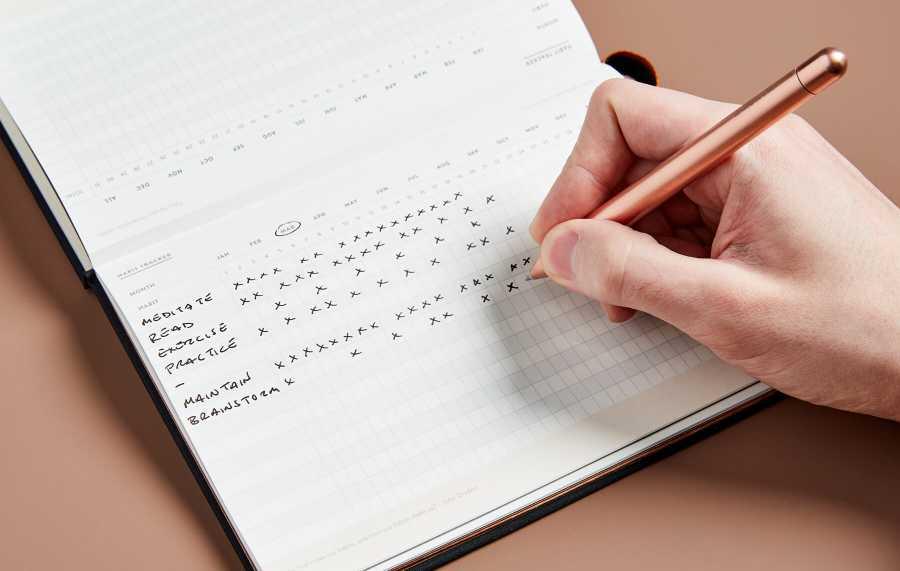Habit tracking
Is a simple and effective thing to do if you want to stick with a habit for good. No matter the format (calendar, journal, app), it provides immediate evidence whether you are making progress or need to change course.
2.69K
14.4K reads
CURATED FROM
IDEAS CURATED BY
The idea is part of this collection:
Learn more about personaldevelopment with this collection
How to build trust and respect with team members
How to communicate effectively
How to motivate and inspire others
Related collections
Similar ideas to Habit tracking
3.d. Implementation: Cultivating Discipline
Identify a Keystone Habit: Choose one small habit that you believe will have a positive ripple effect on your discipline. This could be making your bed each morning, a simple task that sets a tone of accomplishment.
...
Effectively Tracking Habits
- You can use tracking apps, sheets or a journal to track your behavior.
- Decide which habits you want to track.
- Decide on a timeframe for tracking.
- Set a target for how many times you want to successfully follow each habit in your chosen timeframe.
- Decide on whi...
Keep Track Of Your Habit Every Day
It helps to know how often you’re succeeding (or not). Use whatever works for you: pen and paper of habit tracking apps.
A simple way to keep track of your progress is to mark each day you complete your habit on a calendar.
Read & Learn
20x Faster
without
deepstash
with
deepstash
with
deepstash
Personalized microlearning
—
100+ Learning Journeys
—
Access to 200,000+ ideas
—
Access to the mobile app
—
Unlimited idea saving
—
—
Unlimited history
—
—
Unlimited listening to ideas
—
—
Downloading & offline access
—
—
Supercharge your mind with one idea per day
Enter your email and spend 1 minute every day to learn something new.
I agree to receive email updates
